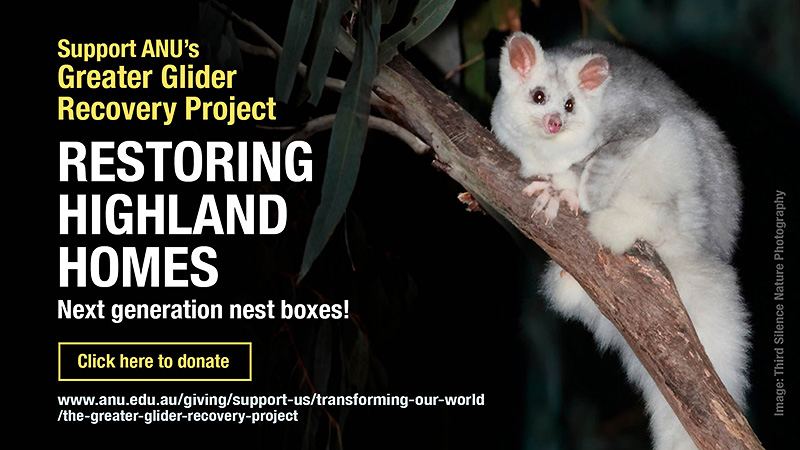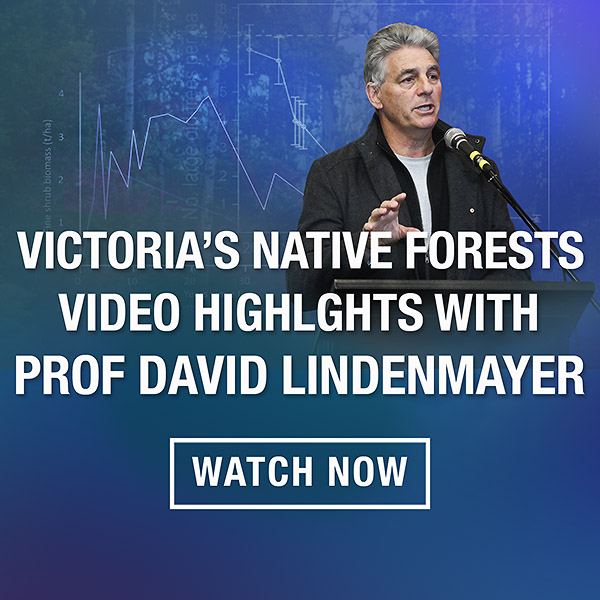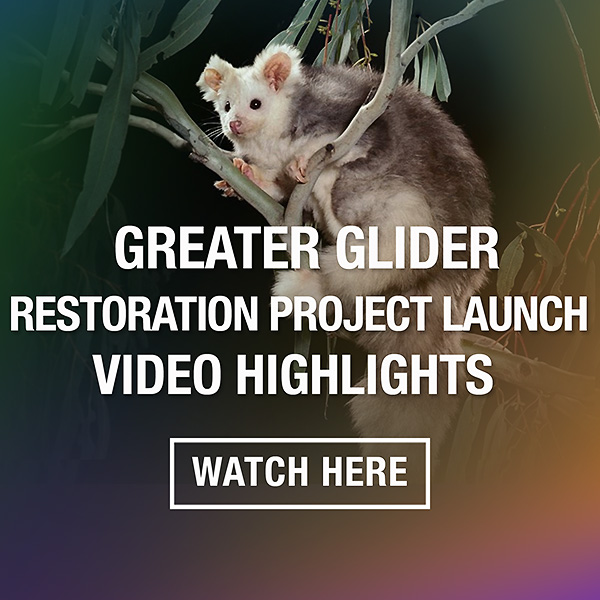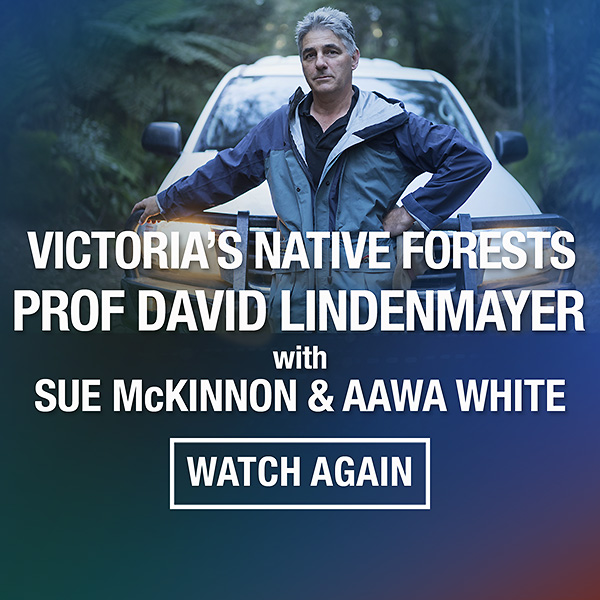
Want to help protect Victoria’s precious native forests?
Join the Lighter Footprints Forest Working Group.
Victoria’s native forests are still vulnerable, and native species continue to decline
- The logging ban, although a great victory, is incomplete.
- Logging has left large areas of native forest with elevated fire risk for decades.
- Populations of native species like the iconic Greater Glider continue to collapse, particularly due to the decline in mature hollow-bearing trees.
The challenge: restoration and recovery
Forest restoration is an urgent task. We need to:
- Restore the old growth estate and where regeneration has failed.
- Recover populations of key and iconic species.
You can help right now!
- Support ANU’s Greater Glider Recovery Project to supply fire-resistant, insulated next generation nest boxes.
- Take the citizen science Hollow bearing Tree Challenge. Download our easy A4 instruction sheet here!
- Join the Lighter Footprints Forest Working Group (form at the bottom of the page).
Update: Victoria’s Native Forests – State of Play
Professor David Lindenmayer – key findings:
- There is a 77% loss of old growth since 1995.
- Logged forests have elevated risks for more frequent and more severe fires for decades.
- Both thinning and planned burns only reduce fire risk for a few years and then elevate fire risk for decades
- There is widespread regeneration failure post fire and post logging.
- Populations of iconic species like the Greater Glider continue to decline – they depend on mature hollow bearing trees.
- Hollow bearing trees are projected to decline by 90% by 2035.
- The challenge is forest regeneration and species restoration.
Sue McKinnon, President of Kinglake Friends of the Forest outlined the very successful federal and Victorian court cases that were pivotal to Victoria’s logging ban.
Aawa White, Kinglake Friends of the Forest explained the vital role of citizen science in preserving habitat and the successful legal challenges.
The end of native forest logging?
Yes, a huge win. However our native forests are still vulnerable.
Alarm bells ring over high impact salvage logging, as close as the Dandenong Ranges.
Victoria has announced the end of native forest logging.
- This is a huge, long awaited victory, for “all of the people who wrote letters, surveyed for wildlife, met with politicians, protested, ran court cases, sat in tree-sits, you name it. This is your win.” – Chris Shuringa, Victorian Forest Alliance.
- This announcement follows a landmark Supreme Court win, finding “VicForests had failed to protect the endangered greater glider and yellow-bellied glider”, and the closure of the “native-forest-eating white paper machine” at the Opal Australia paper mill.
- VicForests has been formally deregistered as of September 5, 2023, the Victorian Regional Forest Agreements (RFAs) are to be concluded, and the VicForests website now states “There will be no further harvesting operations in any TRP coupes.”
- A win for Wombat Forest campaigners! VicForests states that it will end community forestry citing litigation risk and survey expenses. Community forestry has been a potential loophole.
However Victoria’s forests are still at risk
- Logged forests are vulnerable to fire for decades, and forests species continue to decline.
- Despite the logging ban, some logging has continued – for instance high impact “salvage logging” in the Dandenong Ranges National Park.
- There are no concrete plans for critically important forest regeneration and pest control in affected areas, according to the Victorian Forest Alliance.
Volunteers are needed right now, playing vital roles with lobbying, meeting with decision makers, citizen science, publicity and legal support.
Join Lighter Footprints Forests Working Group.
Be part of the movement that will help make native forest protection permanent.
We’d love you to sign up using the form at the bottom of this page (refresh the page if it doesn’t appear first up).
More about forest protection and the risks of logging
Logging has pushed our beautiful native forests and forest species towards extinction
- Logging has impacted the critically endangered Leadbeater’s Possum (80% decline) and the endangered Greater Glider (>50% decline with 90 to 100% decline in some areas)
- The 2009 bushfires destroyed 45% of Leadbeaters Possum habitat “and estimates put the numbers of animals at around 1,500 animals but there could be less than 1,000 remaining.”
- Less than 1.1% of Mountain Ash forest remains (Lindenmayer) however habitat for threatened species continues to be logged even when those species are detected inside logging coupes
- In 2018 Professor Lindenmayer presents evidence “that the mainland Mountain Ash ecosystem is collapsing.” Logging and burning have caused declines in the populations of large, old-cavity trees and declines in marsupials and bird populations. “It will be at least 2065 (and as late as 2130) before new cohorts of cavity trees will be recruited”.
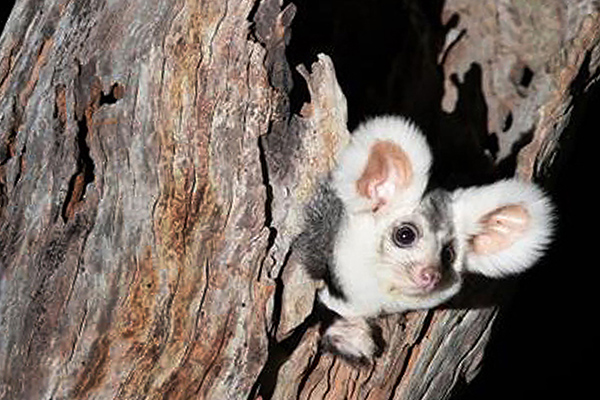
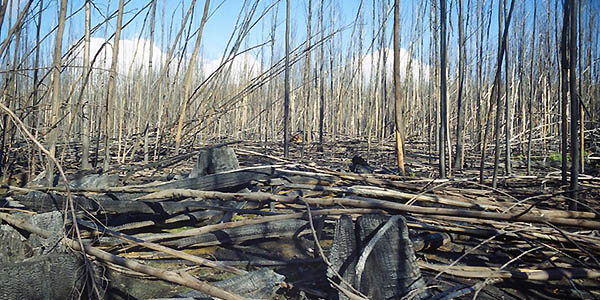
Logging accelerates climate impacts
- Australia’s undisturbed temperate forests have some of the highest carbon stores in the world.
- Detailed ANU research from the The Fenner School of Environment & Society, found that ending native logging in Australia would reduce total greenhouse gas emissions by 24% (p.7).
More about logging's impact on Melbourne's water
Logging negatively impacts the security of Melbourne’s water catchments
In Victoria, logging has been reducing our water supplies by 15,000 megalitres a year equivalent to the amount used by 250,000 people

Logging increases bushfire risk and severity
So much of our mature native forests have been severely burnt
- We have lost so much forest already to catastrophic fires – 450,000 hectares were burnt 2009 with the Black Saturday fires, 1,500,000 hectares in Victoria in the Black Summer fires in 2020.
- High conservation value forest ash species have been burnt, some many times, since 1995. For instance 84% of Alpine Ash has been burnt since 2002.
- Climate change is increasing fire severity and frequency with blazes now at “catastrophic scale”.
Logging increases risk and severity of bushfires
- Logging increases fire risk and severity of fires for many decades – Lindenmayer
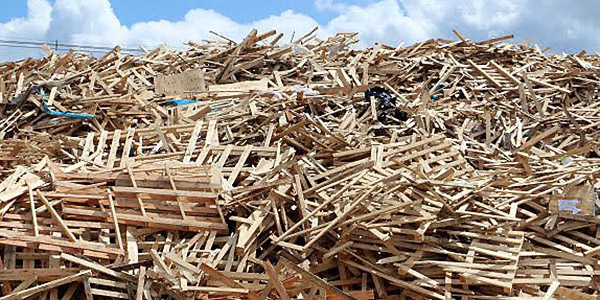
Logging native forest is not renewable or sustainable
- Well over 80% of logged native forest goes to landfill after a short life as paper, packaging and pallets – ANU study
- 50% of logged Mountain Ash forests fail to grow back after logging, instead becoming paddocks of weeds and blackberries or dense fire prone stands of a single species
60% of logged biomass is burnt, only 14% is retained as timber
Dr Chris Taylor from the Fenner School, ANU found that only 14% of logs cut from Victorian native forests end up as timber products. Although 40% of the logged wood is removed, a large proportion of that 40% ends up in landfill as wood chip for paper products, or as disposable pallets. The majority of the logged wood – 60% – is left behind as scarf.
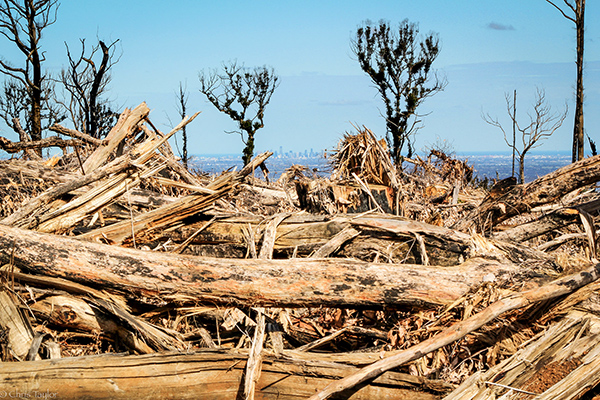
Large volumes of forest biomass are left on the ground following clearfell logging in the Mount Disappointment State Forest with the Melbourne City Skyline in the background Dr Chris Taylor
Scarf usually burnt after logging in a “high intensity” burn, consuming a large amount of biomass (140-450 t/ha) compared to planned low intensity Fuel Reduction burns (9 t/ha). Chris Taylor also notes that the large amount of biomass burnt makes them “a significant contributor” to Melbourne’s air pollution, and that this would not be necessary if there had been no logging in the first place.
Logging increases forest fragmentation
A recent study showed increasing fragmentation of Mountain Ash and Alpine Ash forests: “around 70% and 65% of the Mountain Ash and Alpine Ash forest areas, respectively, were either disturbed or within 200 m of a disturbed area.”. Core forest areas are becoming more isolated. “These effects can lead to the decline of populations, restrict animal movement and disrupt gene flow.”
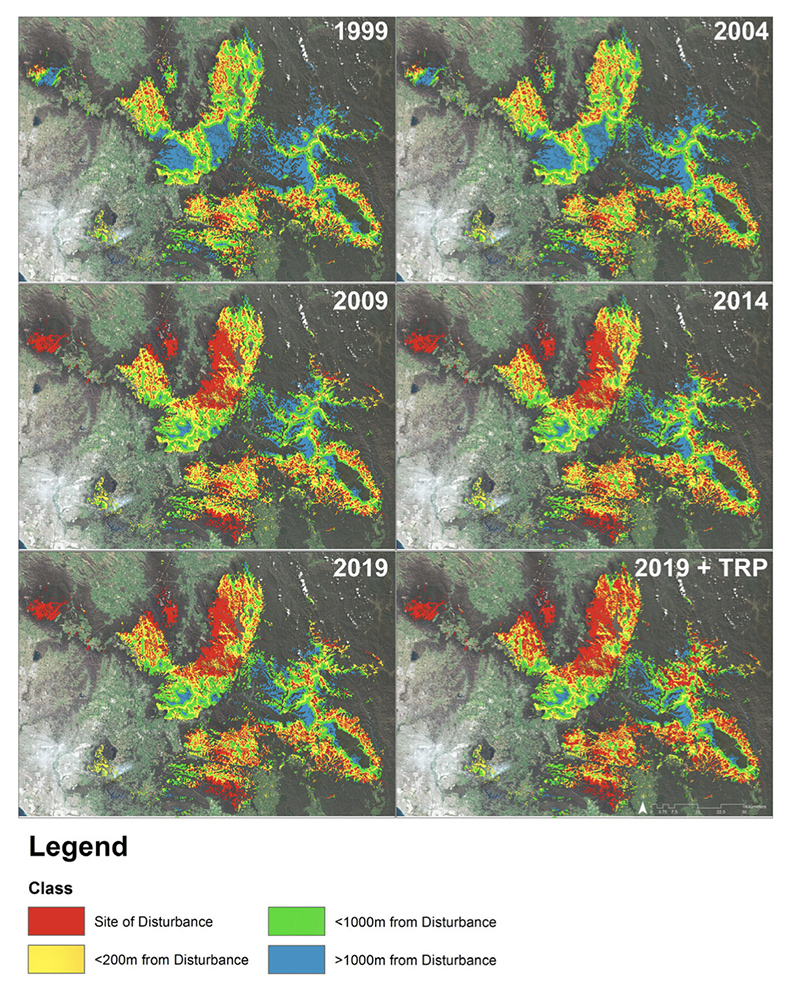
Fig 6 The location of disturbed areas and the proximity to disturbance in Mountain Ash and Alpine Ash forests. doi:10.1111/aec.12863 © 2020 Ecological Society of Australia
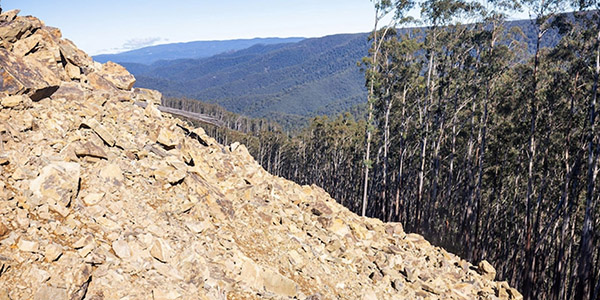
Much of Victoria’s logging has been illegal
VicForests has been involved in “widespread and illegal logging
- The ABC’s investigation of illegal logging by VicForests using hi res spatial data found “widespread and systemic illegal logging”, and that the regulator was “alerted to the breaches but failed to properly investigate”.
- Vic Forests has been buried “in almost a dozen legal proceedings” – more details from EJA here.
- VicForests “illegally cleared 1,000 square metres of protected possum habitat and broke the law in 25 out of 30 logging areas” – ABC on an audit finding.
The Victorian government eroded regulations
In response to illegal logging regulations have been eroded.
- The Victorian government, in response to illegal logging, has “repeatedly changed the Timber Production Code to make it harder for communities to take legal action against VicForests”.
- When Australian National University exposed illegal logging of 231 hectares of steep slopes in Melbourne’s water catchment, the Victorian government changed “changed legislation to allow the practice in previously off-limits areas”.
New laws criminalised forest defense
The Sustainable Forests Timber Amendment (Timber Harvesting Safety Zones) Bill 2022 passed Victoria’s upper house on 4th August, reported The Guardian “with the final vote count 30 to five after Labor and the coalition joined forces.” Maximum fines “for hindering, obstructing or interfering with timber harvesting operations” are set at $21,000 and jail sentences at 12 months, effectively criminalising peaceful forest defence.
Another consequence is the impact on citizen science through exclusion zones and seizing electronic devices.
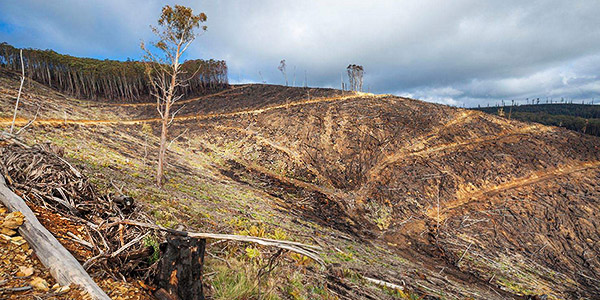
Logging is a dead economic loss
Victorians have paid for forests to be logged
- In 2021 VicForests posted a loss of $23 million if government grants of $18 million are excluded from profits.
- A 2020 Parliamentary Budget Office study found that taxpayers would save close to $20m per year by 2030 if logging was to cease ($192m over 10 years).
- A 2016 PWC report found that native forestry is in decline, that hardwood plantation provides “proportionally greater value”, and that it takes 10-20x as much investment to provide a native forestry job compared to non-native logging or services jobs.
Taxpayers supported forest destruction
The Age, reporting on VicForests financials, noted a $4.7m loss despite “selling $84 of forest products,” and an $18m public subsidy. VicForests blamed ongoing lawsuits and bushfires: “an unprecedented number of court challenges from community environment groups and the destruction of timber in the Black Summer bushfires.”
Michael West Media reported that despite large sales of forest products and secure contracts, VicForests losses kept on growing. The last time they made a profit was 2016. “VicForests’ balance sheet is only helped by “other income from Victorian government entities”, which this year exceeded $18 million. These payments are largely grants for VicForests’ role in the Leadbeater’s possum recovery program … which VicForests actively flouts. This transfer of wealth from the public to the forestry industry doesn’t even achieve the protection of threatened species which it claims.”
Michael West Media concludes that Victorians suffer three types of losses from VicForests – our financial burden is added to by biodiversity losses which are “equally significant”, and note that logging increases fire burden “making rural community less safe.”
More about the value of outdoors economy and ecotourism
A 2016 report found that nature-based outdoor activities add $6.2 billion per year to Victoria’s economy, supporting 71,000 jobs, or 2% of Victoria’s total workforce. Return on investment per dollar spent is 14 cents for the native logging industry compared to $1.92 for the food and accommodation sector and $1.72 for other services demonstrating that services and tourism are of far greater economic benefit to regional towns than logging.

Victorians want forests protected
Victorians voters value our native forests
- Forest protection was a principal issue in the 2018 Victorian state election, with measurable shifts in marginal seats
- A vast majority of voters want forests protected – under 10% think they should be used for logging and wood chipping.
More about support for native forests
“A statewide poll conducted by Reachtel in 2016 showed over 92% of Victorians think that state forests should be places for wildlife, trees and nature to be protected, recreation activities, commercial tourism and safely storing carbon. The same poll found just 7% of Victorian’s think state forests for be places for logging for wood and paper products.” Reachtel poll cited in Friends of the Earth information sheet..
Further Information
Lighter Footprints
- There a housing crisis in the Highlands with a steep decline in hollow bearing trees, pivotal to the survival of Greater Gliders. Join Professor Lindenmayer in funding second generation nest boxes. You can donate to ANU’s Greater Glider Recovery Project here.
- How do they install nest boxes? Watch a 5 min video of Greater Glider Recovery Project launch here.
- Full presentation of Victoria’s Native Forest: State of Play here – check out our blog, and slide sets from Professor Lindenmayer, Sue McKinnon and Aawa White from Kinglake Friends of the Forest.
- Learn more about forests actions and events through reading the Forests Working Group blog which is updated regularly.
- Read more about forest action on our blog about Saving Forests, Ditching Gas event featuring Chris Schuringa from Victorian Forests Alliance.
- Read more on recent moves by Victorian Parliament to criminalise forest defence, recent protest images and a quick update on Vic Forests illegal logging.
- Check Lighter Footprints three page resource on the work of Dr Chris Taylor, Sarah Rees and the Great Forest National Park, with handy links, or their slide sets – Dr Taylor’s here, Sarah Rees’ here. You can also look at our Forests event blog here.
Victorian Forest Alliance
- Concise resource on adopting forests protection as climate policy – key points and links
- Victorian Forest Alliance website – state based peak body for forests policy and protection, with reports, maps, resources and news.
Professor Lindenmayer
- Prof Lindenmayer on Victoria’s forests and the restoration challenge – video highlights here.
- Find out more on logging, fire risk, extinction risk and what we can do about it from this recent talk from Prof David Lindenmayer here.
- Green Carbon – the role of natural forests in carbon storage – Prof Brendan Mackey, Prof David Lidenmayer et al – Fenner School, ANU. One significant finding of this comprehensive study, is that retaining existing forest carbon stock would be worth “24 per cent of the 2005 Australian net greenhouse gas emissions across all sectors” (page 7), in other words, native forest logging has a massive impact on our annual emissions.
- Read more about Prof Lindenmayer’s beautiful book The Great Forest here. You can order it from Amazon, Readings or Dymocks.
Forests information and action pages
- Visit Friends of Leadbeaters Possum, with information, legal and conservation efforts, and volunteering opportunities.
- Get active with WOTCH: “dedicated to protecting Victoria’s native forests through the use of citizen science, community engagement and advocacy”
- Visit Kinglake Friends of the Forest for more detail on the pivotal ‘Glider Case’ (and others) that underpinned Victoria’s new logging ban.
- Wombat Forestcare have laid the groundwork to the end of community logging in Victoria.
Great Forest Film by film-maker Marli Lopez-Hope
Sign up to our newsletter
to receive news and updates about effective local climate action

